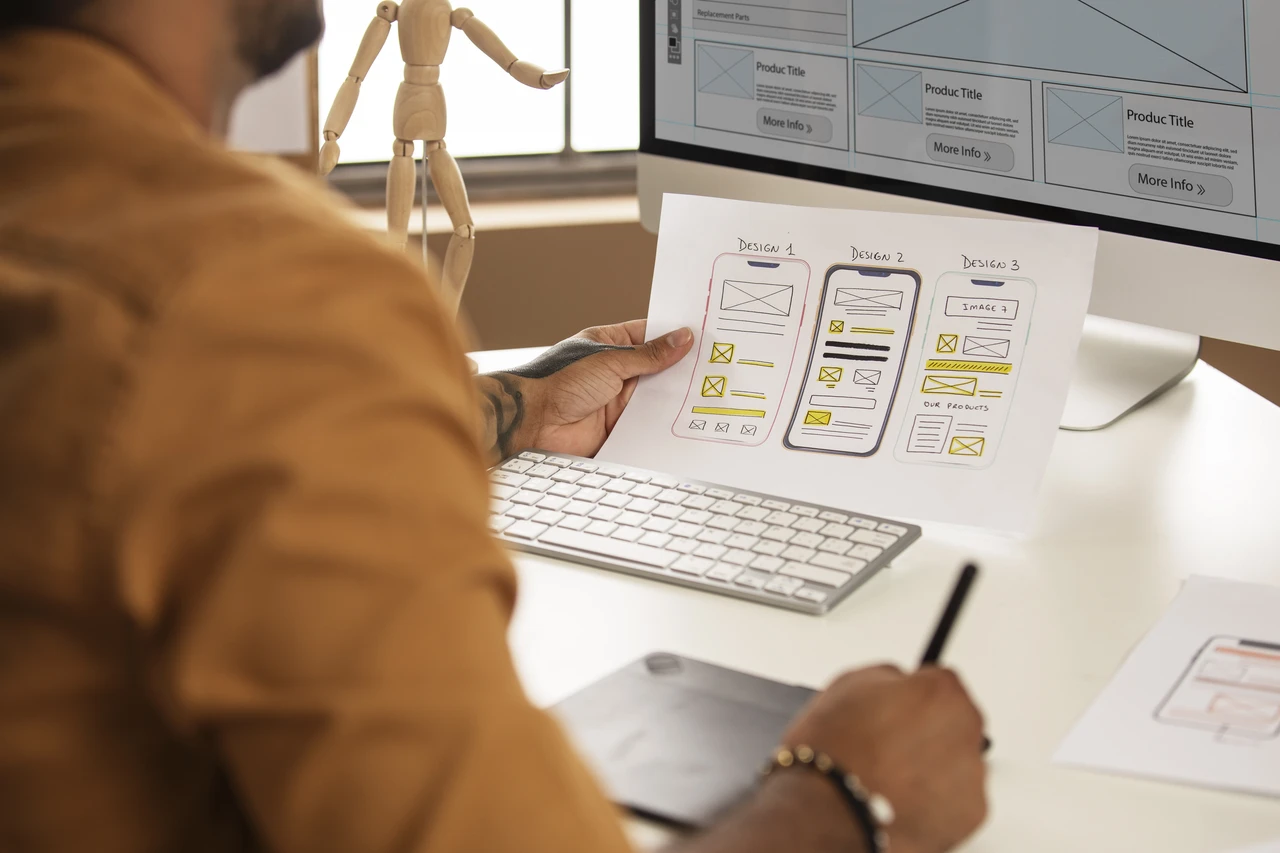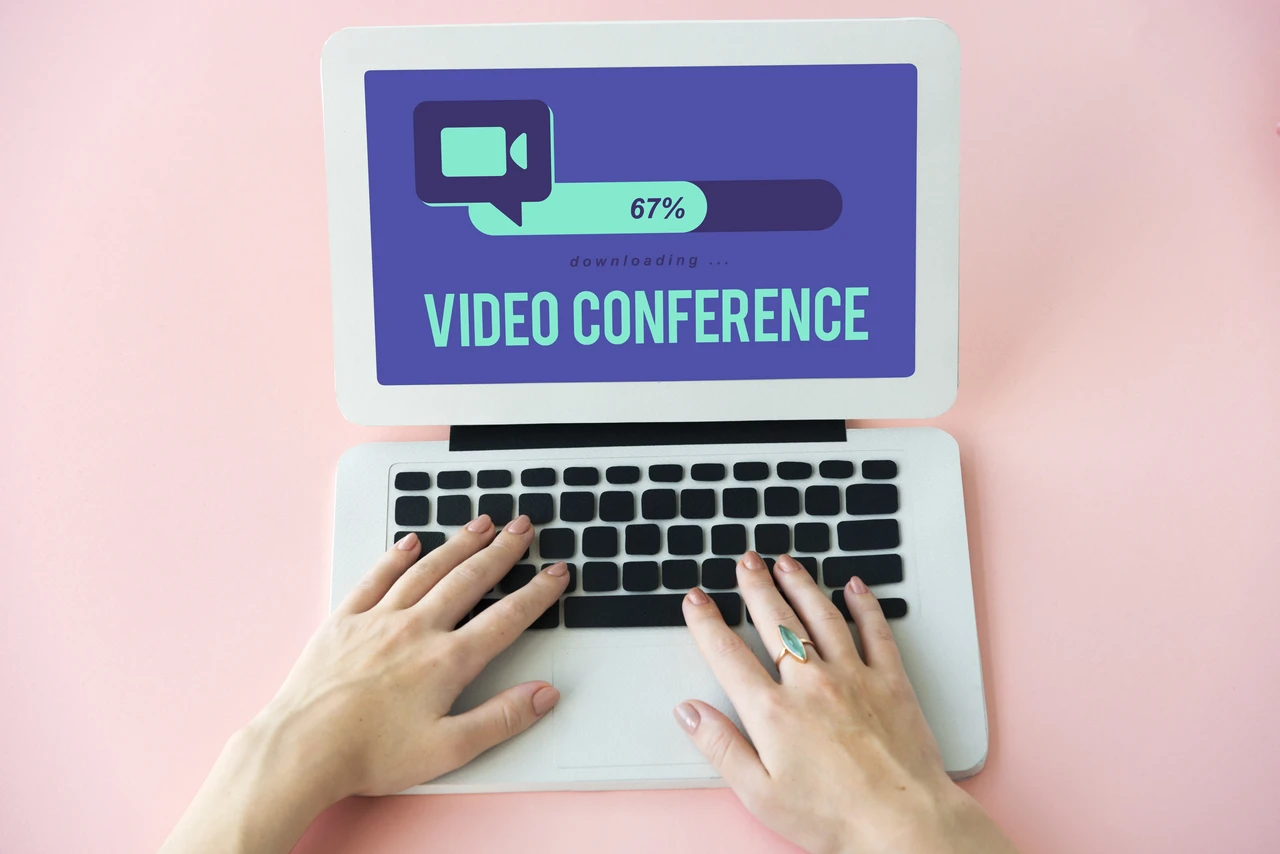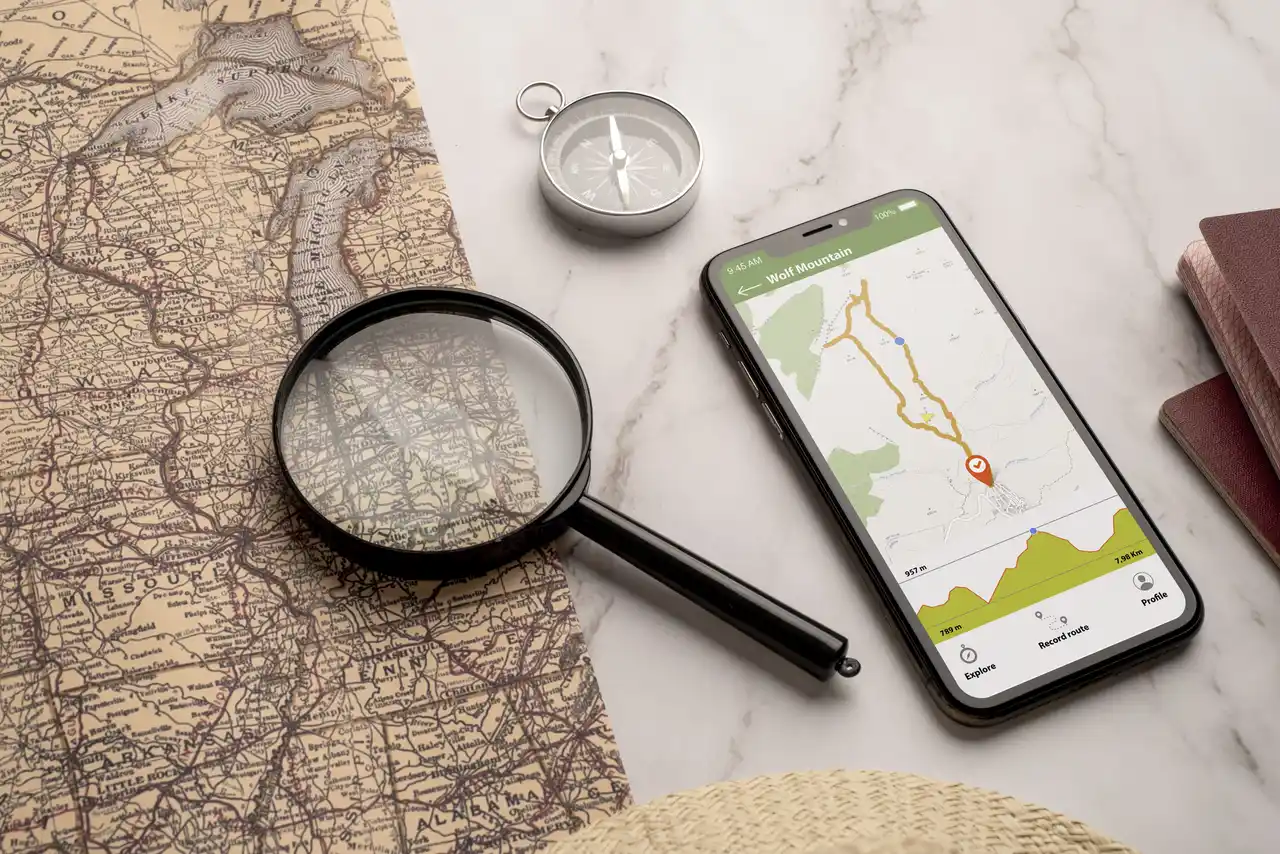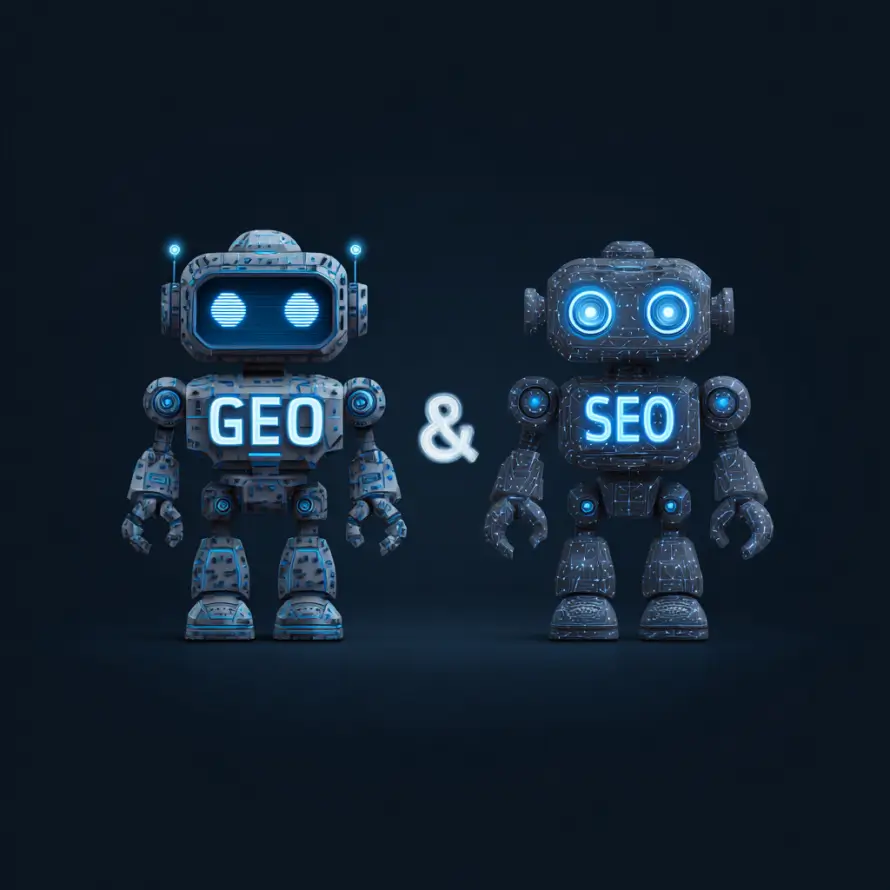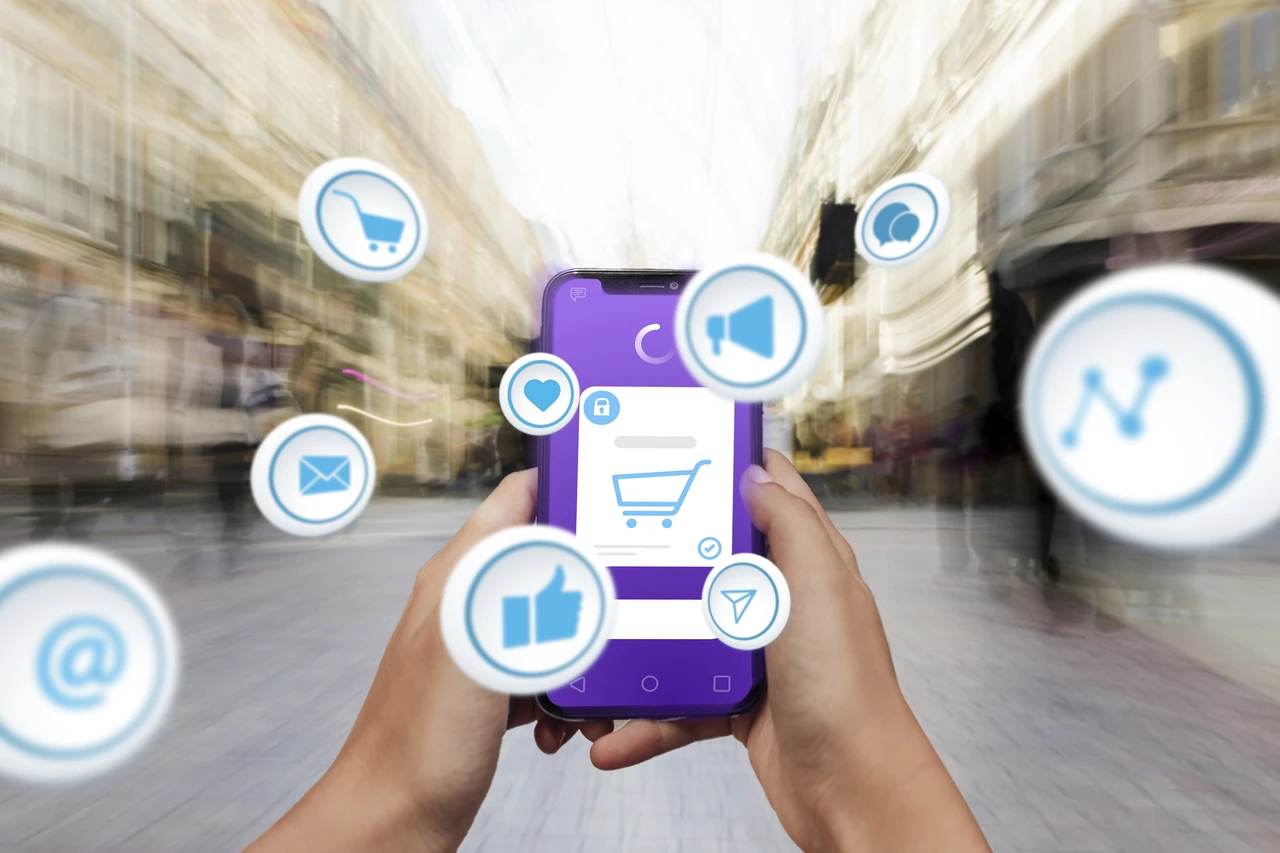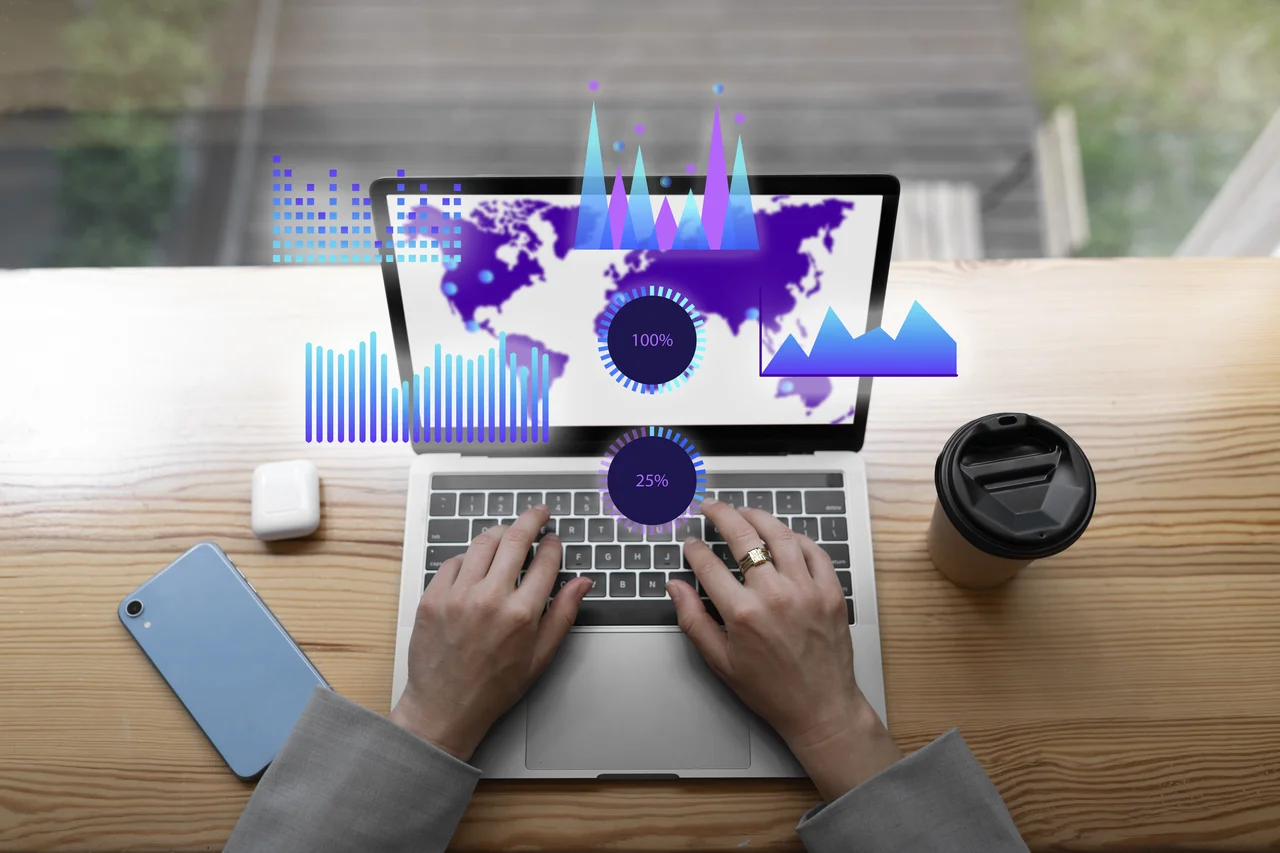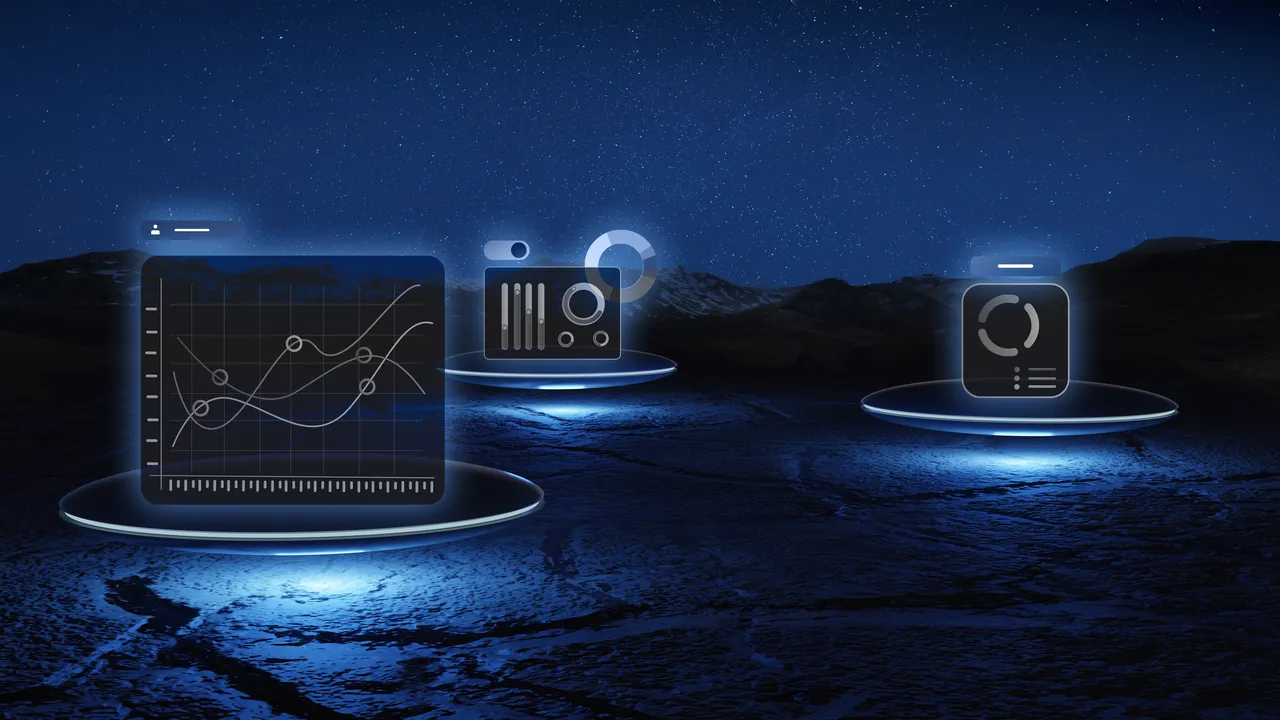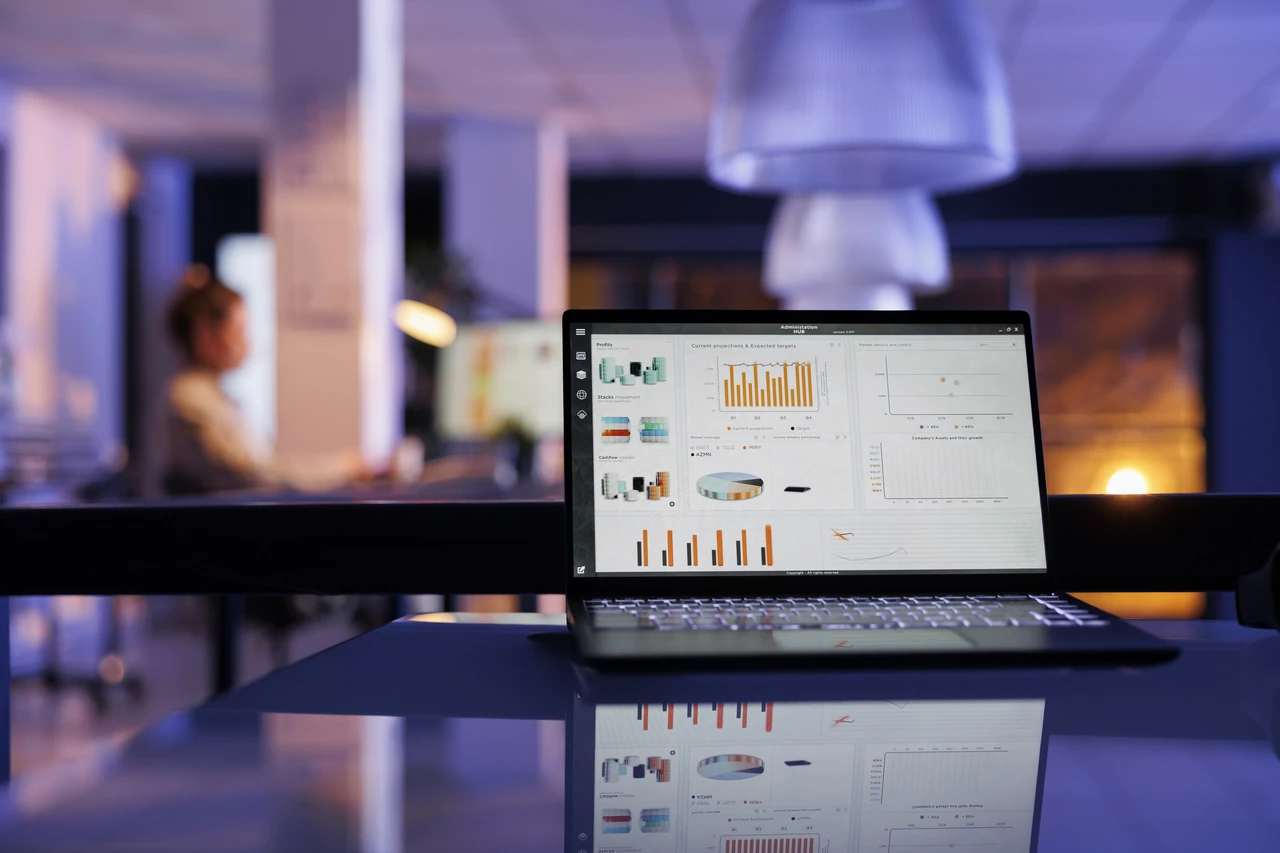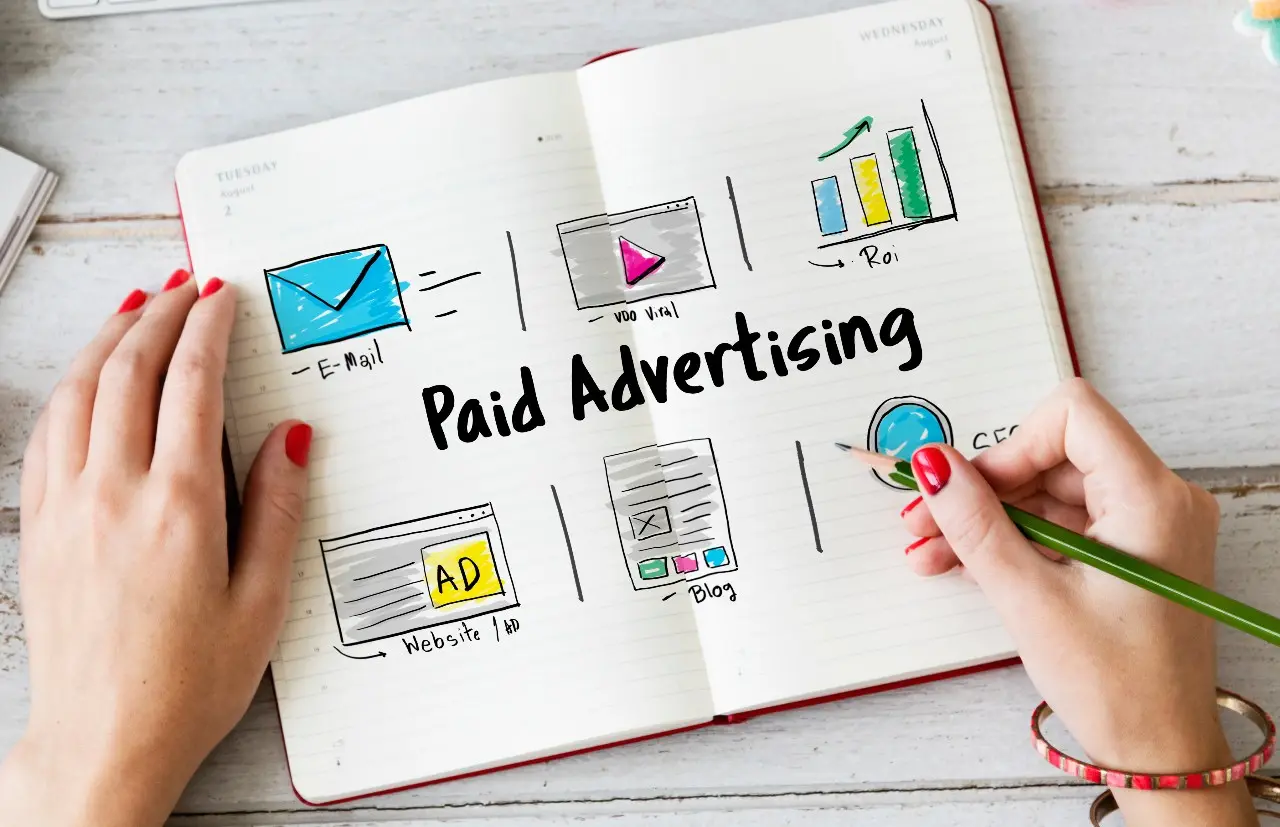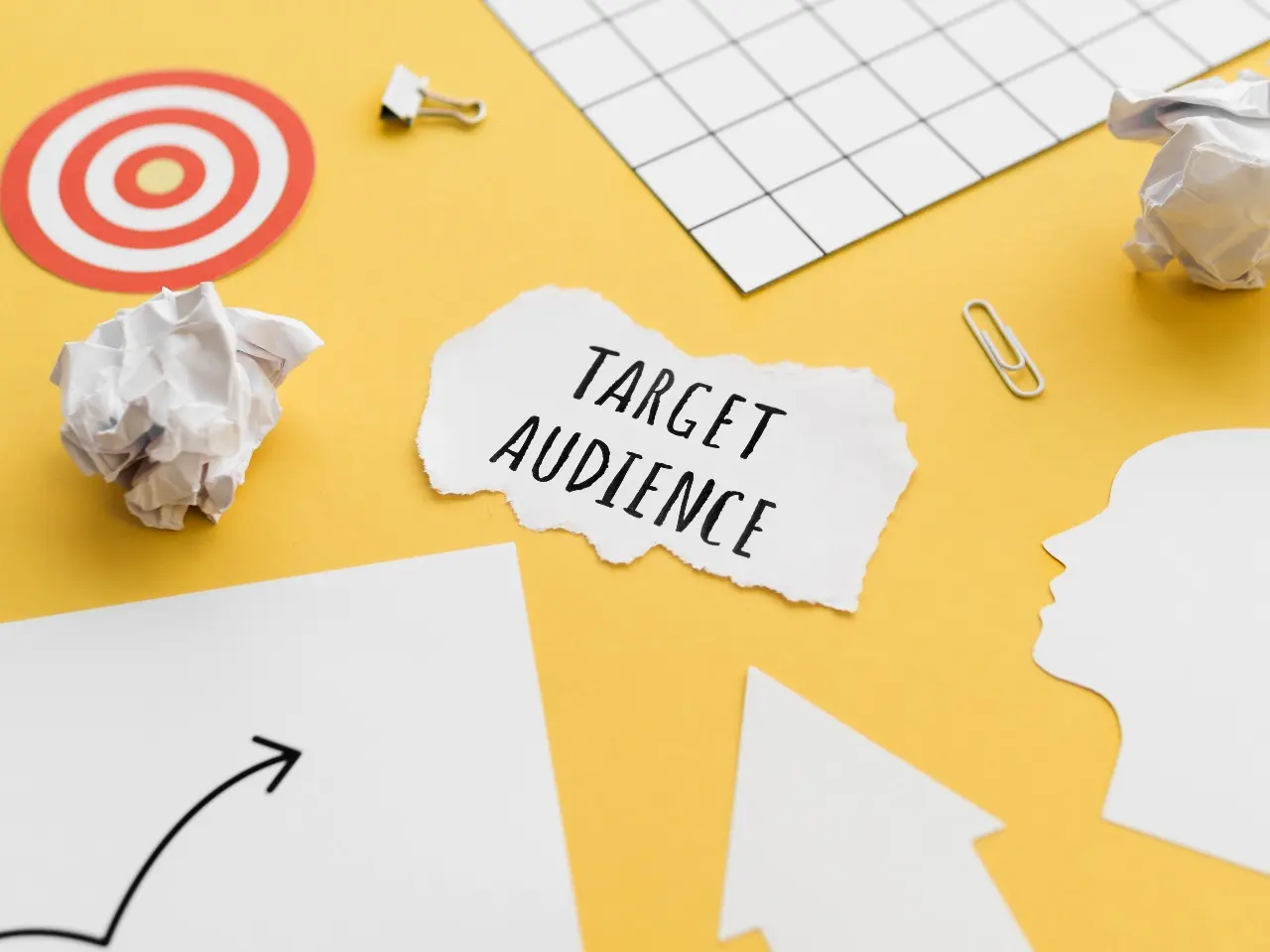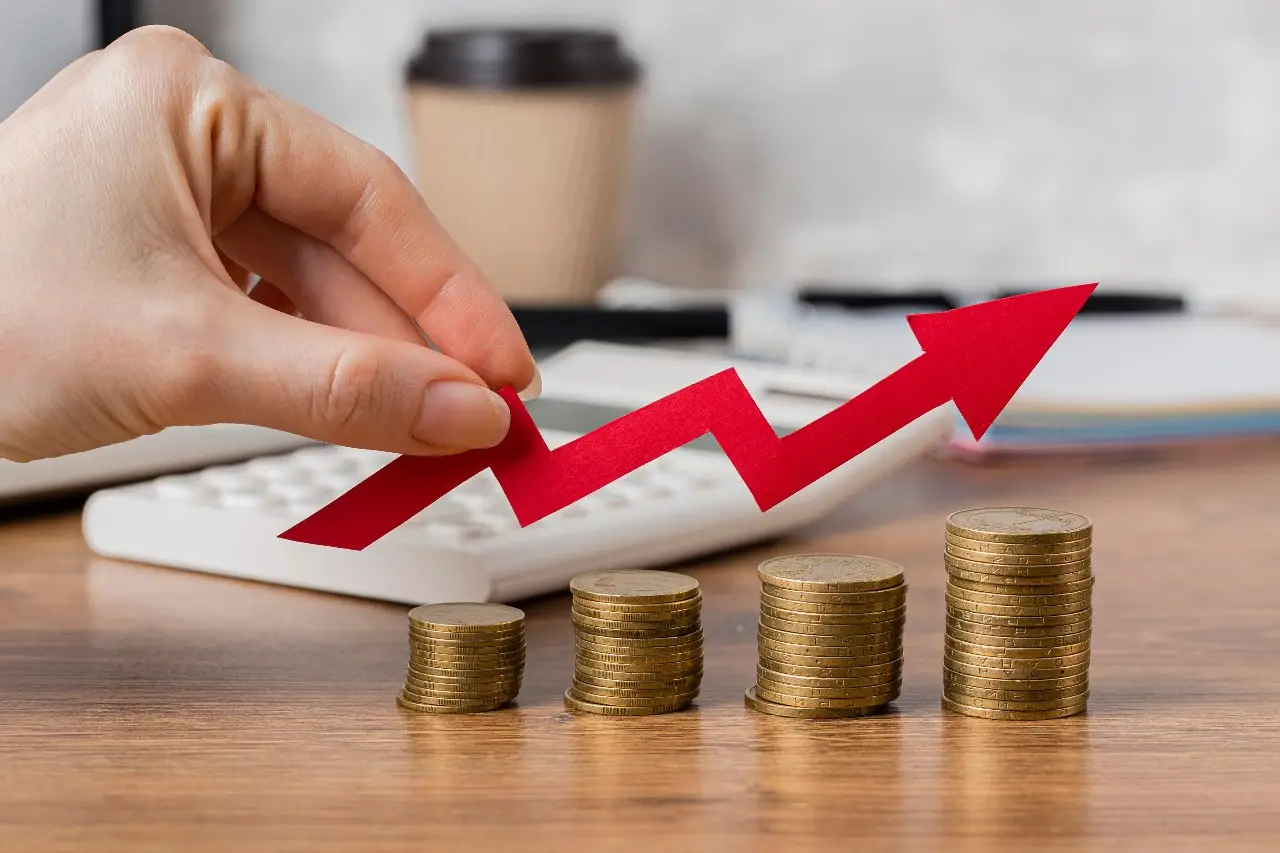Listen to article
In a world saturated with information, understanding b2b buyer content behavior is more critical than ever. What makes them stop scrolling? What compels them to share? The answers lie in adapting to evolving consumption habits and preferences.
Among the various types of content, short-form video has emerged as a dominant force with the power to capture and retain audience attention effectively. Its concise nature allows for quick delivery of key messages, ensuring engagement in a fast-paced digital landscape.
But how can marketers leverage this shift effectively? Let’s dive into the stats to see what gets a like, a share, or simply skipped over. In this article, we’ll discover the latest data-backed insights on B2B buyer content behavior and how you can adapt strategies to resonate with your audience.
Why Short-Form Video Dominates Marketing Strategies
With attention spans dwindling and content consumption at an all-time high, brands are in fierce competition to capture their audience’s focus. This is where short-form video shines. Its snackable nature aligns perfectly with modern viewing habits, delivering impactful messages in mere seconds. Whether you’re looking to increase engagement, educate your audience, or drive conversions, short videos are proving to be a game-changer. Let’s explore some compelling data that underscores the dominance of this content format.
- Short-form videos are the go-to for online audiences, ranking as the most popular type of marketing content consumed. Source
- Videos under 90 seconds maintain a 50% retention rate, showcasing their ability to hold a viewer’s attention. Source
- These bite-sized videos deliver 2.5 times more engagement than their longer counterparts. Source
- 73% of buyers actively seek out short videos for product or service research, valuing their efficiency and clarity. Source
- Over half (56%) of videos created by businesses today are 2 minutes or less, emphasizing the shift toward concise storytelling. Source
- Adding video to tweets amplifies engagement, with 10x more interaction compared to text-only tweets. Source
- Reflecting its success, 90% of marketers leveraging short-form video plan to maintain or grow their investment in this format. Source
Short-form video’s meteoric rise isn’t just a trend—it’s a reflection of how audiences consume and respond to content today. Its ability to grab attention, convey a message quickly, and drive higher engagement makes it a powerful tool for marketers. Beyond just awareness, short-form videos can also nudge viewers down the sales funnel by offering valuable, actionable content in a format they love.
Pro Tip:
To get the most out of short-form videos, pair creativity with data-driven insights. Analyze the performance of different video lengths, topics, and platforms to find sweet spots for your audience. Also, test interactive features like polls, questions, or shoppable video links to drive deeper engagement and measurable conversions.
Why Video Content Is Leading the Charge in B2B Marketing
In the ever-competitive landscape of B2B marketing, standing out demands more than just compelling messaging—it requires delivering content in formats that captivate and convert. Video has emerged as the front-runner, thanks to its ability to combine storytelling with engagement. From short-form clips to interactive experiences, video offers B2B marketers a dynamic way to simplify complex ideas, connect emotionally with audiences, and accelerate decision-making.
- Video content has become a game-changer, with 58% of B2B marketers naming it the most effective content type. Source
- Case studies and customer stories, once the dominant format, now take second place at 53%. Source
- E-books and white papers, once staples of B2B content, are tied at 45% in marketer usage. Source
- Short articles and posts remain relevant, with 43% of marketers still finding them effective. Source
- Interactive videos lead the way in delivering high engagement while helping brands educate audiences, tell compelling stories, and simplify complex information. Source
The takeaway? Video isn’t just “part of the mix” anymore—it’s becoming the centerpiece of successful B2B strategies. The rise of interactive and short-form formats signals a clear message: today’s B2B buyers crave engaging, bite-sized, and actionable content. Marketers who harness video to personalize connections and clarify solutions will set themselves apart in a crowded industry.
Pro Tip:
Don’t rely on just one type of video. Combine formats strategically—use short-form videos on social media to drive awareness, interactive videos to guide decision-making in your funnel, and live streams to connect in real time. Tools like Vidyard and Wistia can help you level up your video game and measure performance for continuous improvement.
Social Media Engagement: TikTok, Instagram, and LinkedIn
Social media platforms are crucial for capturing audience attention. Understanding user behavior on each platform is key to crafting engaging content that resonates with your target audience.
- TikTok and Instagram:
- On TikTok, 63% of high-performing videos highlight the core message or product within the first three seconds, emphasizing the need for a strong and immediate hook. Source
- 58% of users report increased interest in a brand or product after viewing it on Instagram Stories. Source
- Half of those viewers (50%) end up visiting a website to potentially buy something they saw in the Stories. Source
- 1 in 4 consumers have made a purchase after seeing a story on Instagram. Source
- Nearly 60% of small businesses have started using short-form videos on platforms like TikTok and Instagram Reels. Source, Source
- LinkedIn for B2B:
These statistics underscore the importance of tailoring content to each platform. For TikTok and Instagram, visually appealing and concise content is key, while LinkedIn thrives on high-quality, informative content that resonates with business professionals.
Pro Tip:
Experiment with different content formats and analyze performance metrics to optimize your strategy for maximum impact on each platform. For LinkedIn, focus on creating content that encourages professionals to share it with their network.
Decoding B2B Buyer Content Habits: Formats, Devices, and Engagement Strategies
In the competitive realm of B2B marketing, capturing buyer attention comes down to creating content that resonates not just with their needs, but also with their preferred consumption habits. Today’s decision-makers are busy, often skimming rather than reading in-depth, making clarity and format just as important as the insights shared. Understanding their preferred devices, content types, and engagement behaviors can give you a decisive edge in crafting materials that not only grab attention but also inspire action.
- A notable 62% of B2B decision-makers still prefer consuming content on desktops or laptops, underscoring the continued relevance of a desktop-first content presentation. Source
- Bite-sized content remains king, with 65% of B2B buyers favoring short-form formats like blog posts and infographics for quick consumption. Source
- Infographics and videos dominate preferences for over 50% of B2B marketers, making these formats essential tools for education and engagement. Source
- 65% of marketers are actively increasing their video production, signaling a growing commitment to visual storytelling in B2B communications. Source
- While blogs remain effective, 73% of readers admit to skimming blog posts, revealing the need for concise and visually rich content structures. Source
- In fact, only 27% of readers complete blog articles, reinforcing the importance of creating scannable and reader-friendly online content. Source
Takeaway: Build for Busy Buyers
For B2B marketers, the challenge lies in striking the right balance between depth and brevity to meet the expectations of diverse audiences. While video and infographics are clear winners in engagement, they shine brightest when paired with clear, actionable insights. Similarly, desktop-first optimization remains critical, despite the rise of mobile, as it aligns with the preferences of most decision-makers. Recognizing that a majority of readers are skimmers, it’s vital to structure content in digestible chunks, using headings, visuals, and bullet points to enhance readability. By designing for efficiency without sacrificing substance, you can ensure your content cuts through the noise.
Pro Tip:
Incorporate data storytelling to elevate your short-form visual content like videos and infographics. Compelling narratives backed by statistics are more likely to resonate with decision-makers. And, to further accommodate skimmers, feature key takeaways or summaries upfront for instant value delivery. If you’re looking to streamline your approach to creating impactful, skimmable content while managing other priorities, consider exploring outsourcing SEO services. This can help you focus on strategy while experts handle the execution, ensuring your content achieves maximum visibility and engagement.
Leveraging Third-Party Interactions and Content Preferences for Information Exchange
B2B buyers are increasingly turning to platforms like YouTube for information, and they value third-party interactions more than direct interactions with suppliers. Understanding what types of content buyers are willing to exchange information for is crucial for lead generation and nurturing.
- A recent Gartner study showed that 65% of B2B buyers leverage YouTube to inform their decisions. The study also shows that buyers value third-party interactions 1.4x more than digital supplier interactions. Source
- Buyers are most willing to share information in exchange for webinars (79%), white papers (76%), third-party/analyst reports (66%), e-books (63%), and case studies (57%). Source
- Buyers are less willing to exchange information for podcasts and videos (each 19%) and infographics (24%). Source
- Email remains a vital channel for content sharing, with 94% of buyers using it to distribute business-related information. Source
These statistics highlight the importance of video storytelling and leveraging third-party interactions to influence B2B buyers. While podcasts, videos, and infographics can be valuable for engagement, they are less effective for eliciting information exchange.
Pro Tip:
Prioritize webinars, white papers, and case studies when you need to capture leads and gather valuable customer information. Consider partnerships with relevant influencers to amplify your message, and remember to leverage email as a key channel for content distribution.
Conclusion
The evolving preferences of B2B buyers demand a proactive and thoughtful approach to content creation and distribution. From the dominance of short-form videos to the effectiveness of interactive and platform-specific content, the data paints a clear picture: knowing what gets scrolled, skipped, or shared is paramount to staying relevant. Buyers are increasingly engaging with concise, visually appealing, and easily digestible formats, while still valuing deeper insights provided by webinars, white papers, and case studies for more significant decisions.
For marketers, the takeaway is both a challenge and an opportunity. Success lies in balancing creativity with strategy—embracing mobile optimization, integrating captions for accessibility, and harnessing the storytelling power of video. It’s not just about meeting buyers where they are but connecting with them on their terms. By leveraging insights into B2B buyer content behavior, businesses can create impactful campaigns that drive engagement, foster trust, and ultimately, convert interest into action.
Ready to boost your traffic and grow your website? Your customers are looking for you, and our SEO services can help you be found across search engines. Let’s elevate your content strategy and make every click count!
About Shifts in Buyer Attention: What Gets Scrolled, Skipped or Shared
This article was written by the Scopic Studios team and reviewed by Araksya Hakobjanyan, SEO Lead at Scopic Studios.
Scopic Studios delivers exceptional and engaging content rooted in our expertise across marketing and creative services. Our team of talented writers and digital experts excel in transforming intricate concepts into captivating narratives tailored for diverse industries. We’re passionate about crafting content that not only resonates but also drives value across all digital platforms.
Note: This feature blog’s image are sourced from Freepik.






